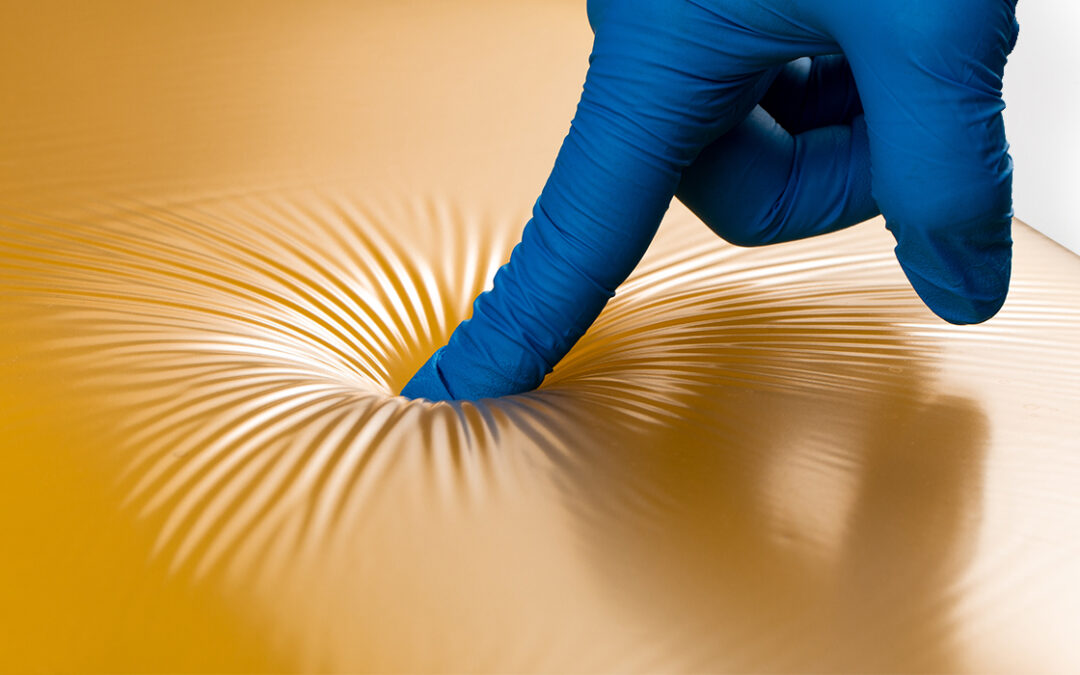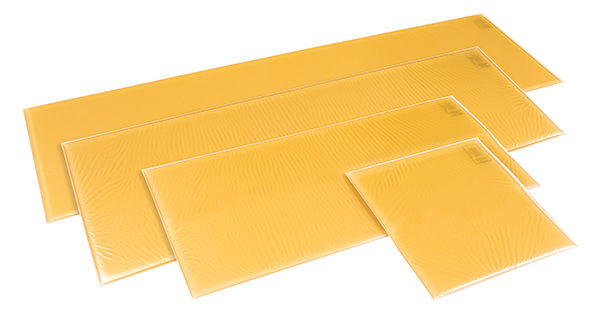Surgical nurses play a critical role in protecting patients from positioning-related pressure injuries during surgical procedures. One of the most effective tools to support this mission is the viscoelastic gel overlay, a material designed to reduce pressure, enhance stability, and promote tissue perfusion on the operating table. As procedures become longer and patient comorbidities more complex, the need for effective positioning solutions has never been greater.
Viscoelastic gel overlays are composed of a polymer material that mimics the properties of human tissue. Unlike standard foam pads, gel overlays redistribute weight more evenly, particularly over bony prominences such as the sacrum, heels, and scapulae. According to the Association of periOperative Registered Nurses (AORN), pressure injury prevention begins with proper positioning and adequate support surfaces. Gel materials excel in this area by conforming to the patient’s anatomy, maintaining their shape under load, and minimizing shear.
Reduce Pressure Related Complications
Evidence supports the efficacy of gel overlays in reducing pressure-related complications. A study published in Advances in Skin & Wound Care found that viscoelastic gel pads significantly reduced interface pressure on highrisk zones compared to standard foam surfaces. This is especially relevant in procedures exceeding two hours, where immobility and anesthesia-induced vasodilation increase the risk of tissue ischemia.
Microclimate Control
Beyond pressure injury prevention, gel overlays provide enhanced microclimate control, supporting moisture balance and reducing friction. The International Guidelines for the Prevention and Treatment of Pressure Ulcers/ Injuries highlight the importance of moisture management in minimizing skin breakdown. Some viscoelastic pads now feature breathable covers or infused cooling properties that address heat buildup, which can further
support patient skin integrity.
From a positioning standpoint, gel overlays help surgical teams maintain patient alignment and stability. This is crucial in lateral, Trendelenburg, or lithotomy positions where gravitational shifts or surgical table tilting can pose risks for nerve compression or falls. As noted in The Journal of PeriAnesthesia Nursing, maintaining proper anatomical alignment reduces the risk of peripheral nerve injuries such as brachial plexus or common peroneal neuropathy.
Take a Proactive Approach
Ultimately, the integration of viscoelastic gel overlays is not just about padding—it’s a proactive approach to patient safety, comfort, and positive outcomes.
Surgical nurses, advocating for and correctly using gel overlays during patient positioning is an evidence-based practice that aligns with AORN guidelines and enhances perioperative care.
Action® Overlays
Take Action!
Action® gel/ polymer overlays also support infection prevention goals as they are fluid-resistant and will not support bacterial growth.
Additionally, disposable overlay covers are available to accommodate the high turnover demands of fast-paced operating rooms (ORs).
B9039-000








